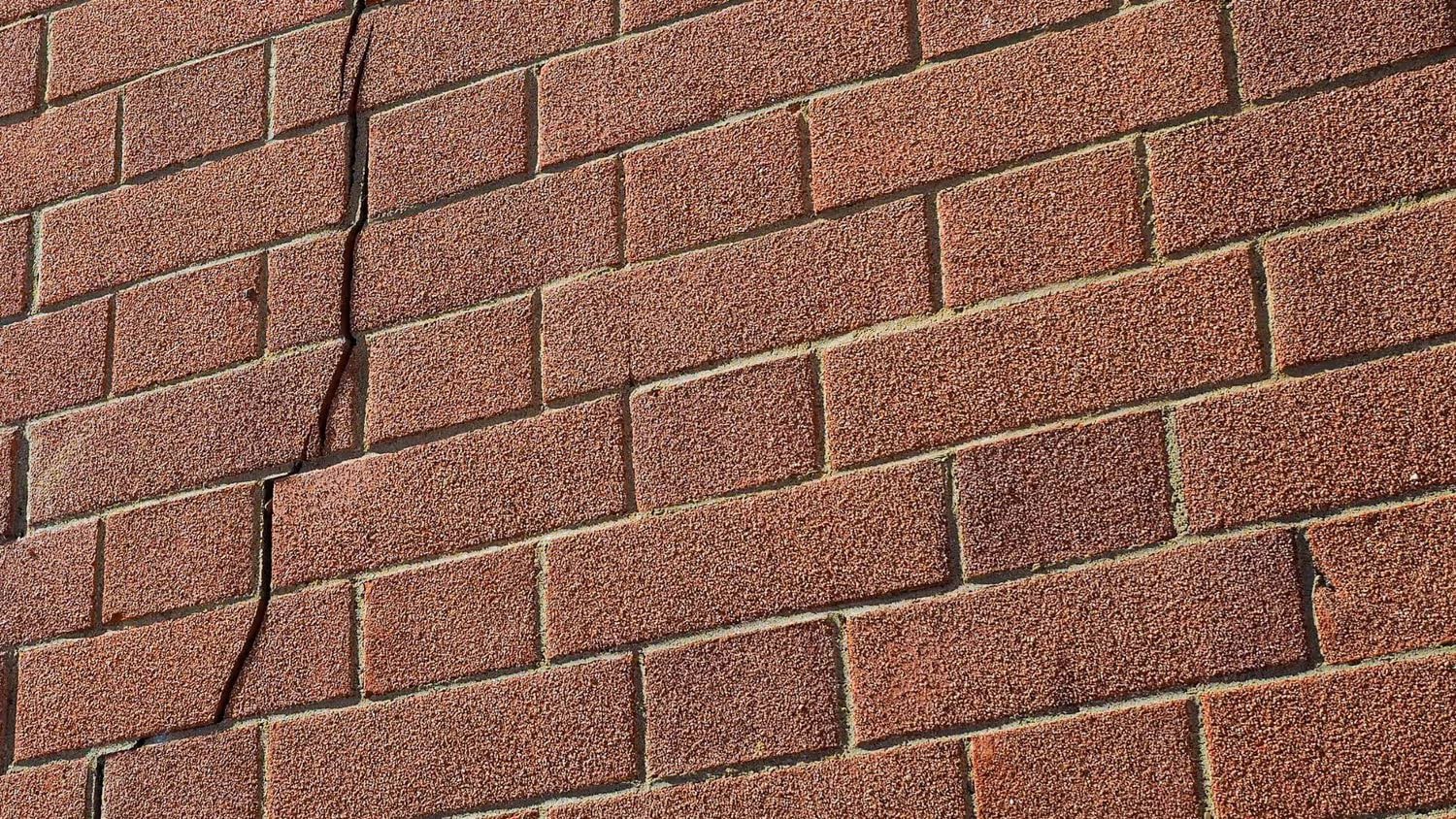
CRACK STITCHING & WALL TIE REPLACEMENT
Crack stitching and wall tie replacement are essential services offered by 360 GSS, aimed at restoring and enhancing the structural integrity of buildings. These techniques address issues such as cracked masonry and deteriorating wall ties, ensuring the stability and safety of your property.
CRACK STITCHING
Crack stitching is a specialised method used to repair and stabilise cracked masonry. Cracks in walls can occur due to various factors, including settlement, thermal movement, or structural stress. 360 GSS’s crack stitching process involves the following steps:
Structural Assessment: Our skilled engineers conduct a detailed assessment of the cracks to understand their causes and the extent of the damage. This evaluation informs the crack stitching strategy.
Preparation: The cracked areas are prepared by cleaning out debris and loose material. This ensures a secure base for the stitching process.
Stitching: High-tensile stainless steel bars are inserted into the prepared cracks and secured with specialised grout or resin. These stitches bridge the gaps, providing structural reinforcement and preventing further cracking.
Finishing: Once the stitching is completed, the surface is finished to match the surrounding area, ensuring a seamless appearance
WALL TIE REPLACEMENT
Wall ties are crucial components in maintaining the stability of cavity walls. Over time, these ties can corrode, leading to structural issues. 360 GSS’s wall tie replacement process involves the following steps:
Inspection: Our experts inspect the existing wall ties to assess their condition. If corrosion or deterioration is detected, replacement becomes necessary.
Removal: Corroded or compromised wall ties are carefully removed without causing additional damage to the masonry.
Replacement: New, corrosion-resistant stainless steel wall ties are installed at appropriate intervals, ensuring secure connections between the inner and outer layers of the cavity wall.
Verification: The replacement ties are verified for proper installation and effectiveness in enhancing structural stability.


